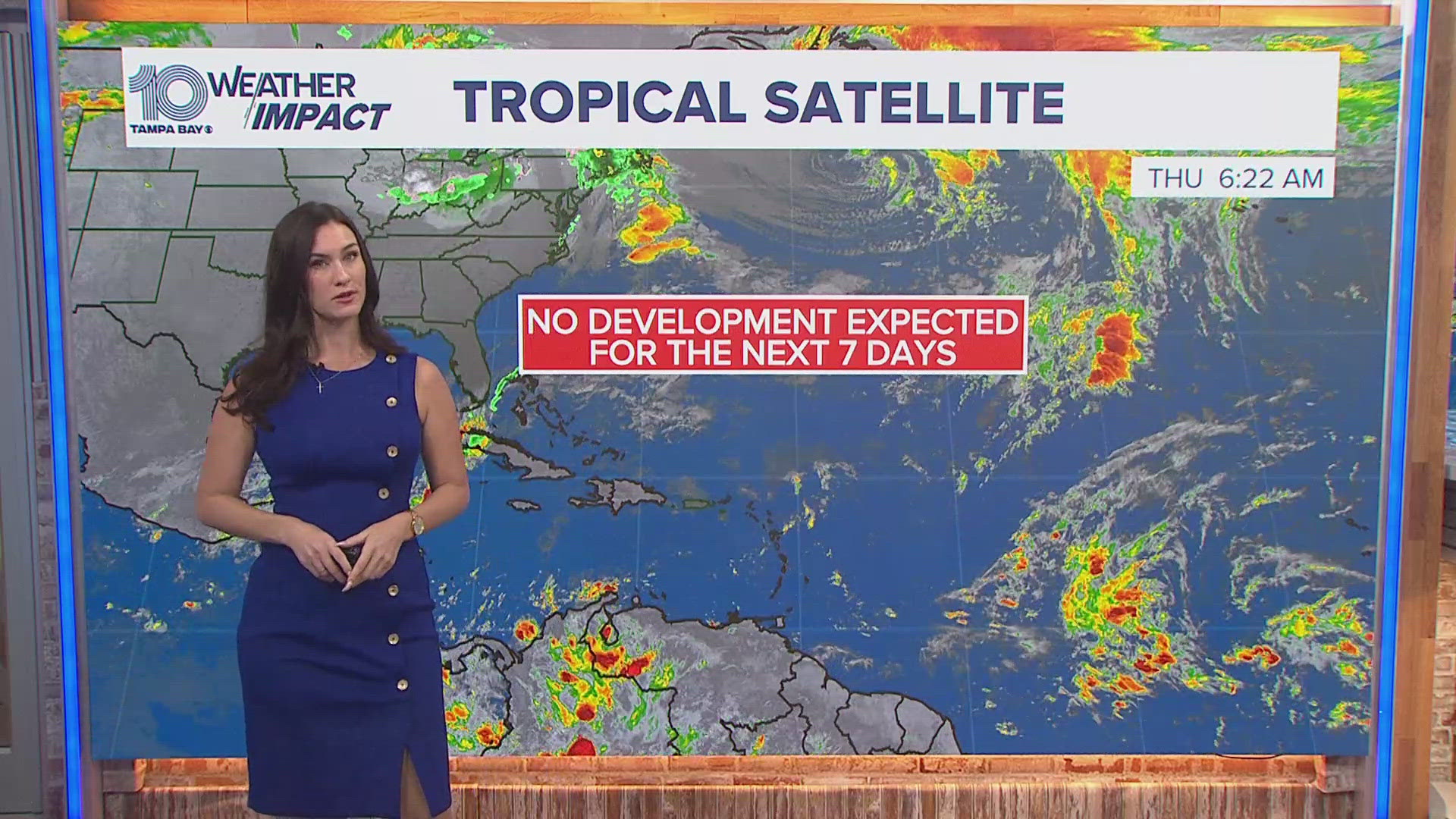It was an active tropical season in 2020 before hurricane season even began yesterday.
We’ve already had Tropical Storm Arthur, Tropical Storm Bertha, and now Tropical Storm Cristobal in the Bay of Campeche.
On top of this, hurricane experts have predicted that the 2020 Atlantic Hurricane Season will feature more storms than normal. Scientists at Penn State University's Earth System Science Center project the 2020 Atlantic hurricane season as the busiest in a decade. They say a combination of warm sea surface temperatures and other factors could result in the development of more named tropical cyclones than usual.
The Penn State scientists said their best guess is 20 named storms this year. In a range, they're going with 15-24 storms total.
Those from Colorado State University and North Carolina State University also predict a more active season. The 30-year average for named storms is 12.
The World Meteorological Organization (WMO) generates and maintains the list of hurricane names. Their list includes 21 names.
Here are the hurricane names for 2020:
- Arthur (May 2020)
- Bertha (May 2020)
- Cristobal (June 2020)
- Dolly
- Edouard
- Fay
- Gonzalo
- Hanna
- Isaias
- Josephine
- Kyle
- Laura
- Marco
- Nana
- Omar
- Paulette
- Rene
- Sally
- Teddy
- Vicky
- Wilfred
So what happens if we run out of names this year? It could happen. After 21 named storms in the Atlantic basin, any additional storms get names from the Greek alphabet.
So, let’s say we have a storm named Wilfred. If another formed, we would then move onto Alpha, then Beta, then Gamma and so on
The first and last time in which the Greek alphabet was needed was in 2005, during the busiest hurricane season on record, when there were 28 named storms.
When does a storm receive a name? Tropical storms are given names when they display a rotating circulation pattern and wind speeds of 39 miles per hour. A tropical storm develops into a hurricane when wind speeds reach 74 mph.
What other people are reading right now:



